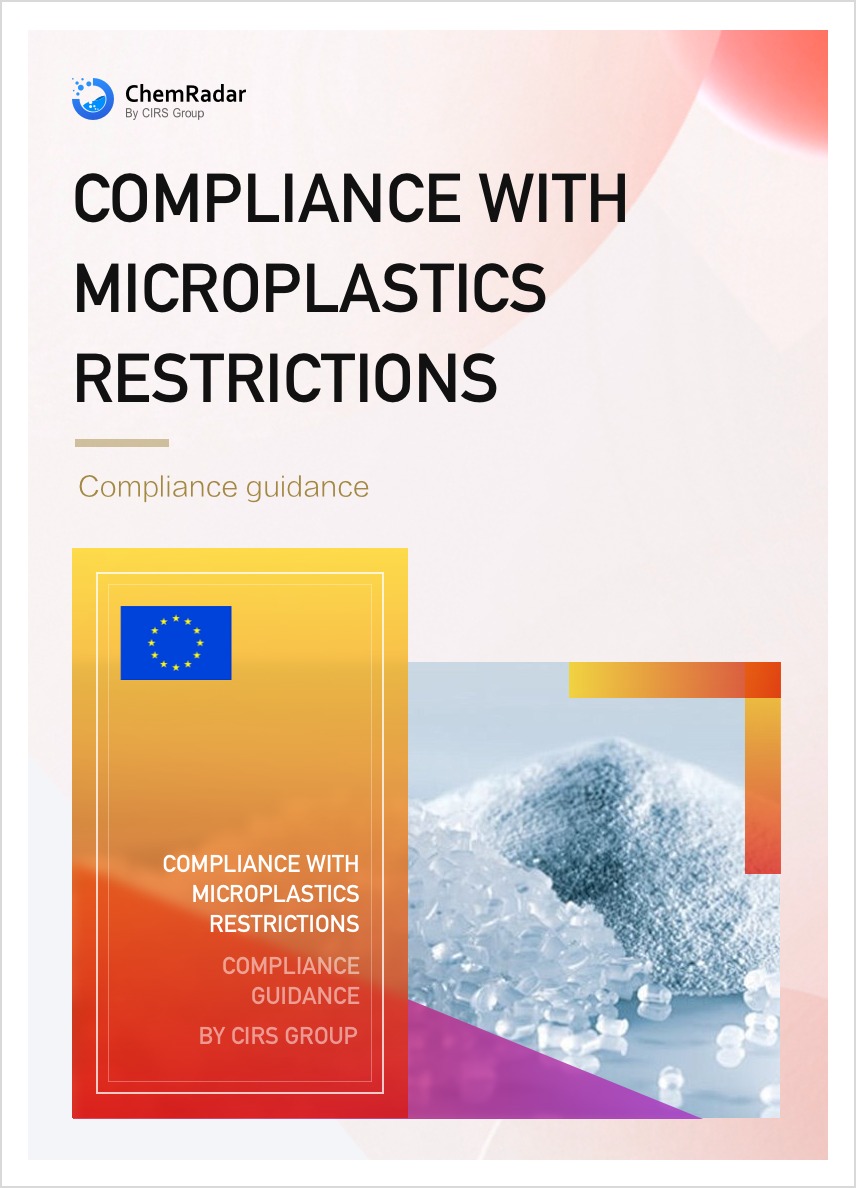On May 22, 2025, the European Commission released the EU Deforestation-Free Regulation (EUDR) and classified relevant countries into risk tiers (see the appendix for details.
Under Regulation (EU) 2023/1115 (EUDR), seven categories of commodities and their derivatives—beef, soy, palm oil, coffee, cocoa, timber, and rubber—are subject to regulatory requirements. The regulation aims to ensure that these key commodities sold on the EU market no longer contribute to global deforestation or forest degradation. The rules are set to take effect on December 30, 2025, for large enterprises and June 30, 2026, for micro and small enterprises.
Due to the lack of detailed implementation guidelines, industries have reported challenges in compliance. The newly introduced risk classification list is expected to facilitate enforcement and reduce burdens on businesses.
Basis for Risk Classification
The classification system is primarily based on quantitative criteria under Article 29(3) of the EUDR, supplemented by qualitative criteria outlined in Article 29(4).

Risk Tiers and Compliance Measures
Under the supporting framework, countries are categorized into high-, medium-, and low-risk tiers, each subject to distinct compliance measures.
Key measures for each risk tier include:
1. Compliance Checks: Member State authorities will conduct annual inspections based on risk levels:
- 1% of operators from low-risk countries
- 3% from medium-risk countries
- 9% from high-risk countries
2. Simplified Due Diligence: Clear guidance will be provided for operators sourcing from low-risk countries. This approach incentivizes sustainable agricultural practices, reduces deforestation risks, and enables targeted support from the EU Commission, Member States, and partners.
Table: Countries which are considered to present low or high risk according to the
assessment
|
High risk countries |
Belarus, Democratic People's Republic of Korea, Myanmar, Russian Federation. |
|
Medium risk countries |
Other countries not mentioned |
|
Low risk countries |
Afghanistan, Albania, Algeria, Andorra, Antigua and Barbuda, Armenia, Australia, Austria, Azerbaijan, Bahamas, Bahrain, Bangladesh, Barbados, Belgium, Bhutan, Bosnia and Herzegovina, Brunei Darussalam, Bulgaria, Burundi, Cape Verde, Canada, Central African Republic, Chile, China, Comoros, Congo, Costa Rica, Croatia, Cuba, Cyprus, Czech Republic, Denmark, Djibouti, Dominica, Dominican Republic, Egypt, Estonia, Eswatini, Fiji, Finland, France, Gabon, Georgia, Germany, Ghana, Greece, Grenada, Guyana, Hungary, Iceland, India, Iran (Islamic Republic of), Iraq, Ireland, Italy, Jamaica, Japan, Jordan, Kazakhstan, Kenya, Kiribati, Kuwait, Kyrgyzstan, Lao People's Democratic Republic, Latvia, Lebanon, Lesotho, Libya, Liechtenstein, Lithuania, Luxembourg, Madagascar, Maldives, Mali, Malta, Marshall Islands, Mauritius, Micronesia (Federated States of), Monaco, Mongolia, Montenegro, Morocco, Nauru, Nepal, Netherlands (Kingdom of), New Zealand, North Macedonia, Norway, Oman, Palau, Palestine, Papua New Guinea, Philippines, Poland, Portugal, Qatar, Republic of Korea, Moldova, Romania, Rwanda, Saint Kitts and Nevis, Saint Lucia, Saint Vincent and the Grenadines, Samoa, San Marino, Sao Tome and Principe, Saudi Arabia, Serbia, Seychelles, Singapore, Slovakia, Slovenia, Solomon Islands, South Africa, South Sudan, Spain, Sri Lanka, Suriname, Sweden, Switzerland, Syrian Arab Republic, Tajikistan, Thailand, East Timor, Togo, Tonga, Trinidad and Tobago, Tunisia, Turkey, Turkmenistan, Tuvalu, Ukraine, United Arab Emirates, United Kingdom, United States, Uruguay, Uzbekistan, Vanuatu, Vietnam, Yemen. |



